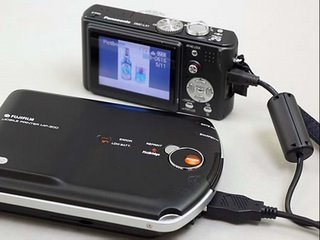If you're not a camera buff or you simply wish to use other people's images in your blog, then you might want to look in to free stock photography sites and services. Just remember when you use these services that each photo may have different licenses. Some are okay for non-commercial use only and some have no restrictions at all. So, always check before using the images in your blog projects.
Here's a short list of some of my favorite sources for royalty free, public domain, stock photos.
1)
Stock.XchangStock.xchang is definitely my absolute favorite source when it comes to royalty free stock photos. The site is well organized and easy to navigate. And, there are plenty of pictures to choose from. There are different licenses for each photo.
2)
FlickrFlickr is a very popular photo storage service. Some people who use this site offer their photos for use to the public. So, it's one good place to find easy-to-blog pictures. However, not all photos are available for re-posting in different blogs.
3)
BuzznetBuzznet is another photo storage service that's quite popular among bloggers. Again, each photo may have different types of restrictions.
4)
PD PhotoPDPhoto.org has is a collection of stock photography. It's well organized and has a decent amount of images in its database. Some photos are restricted and some are in public domain.
5)
Open PhotoA great looking stock photo community and resource. It's full of terrific photos under several categories such as animals, computers, landscapes, still life and technology. Creative Commons licenses apply to different photos.
6)
Our MediaOurMedia.org is a resource for media materials such as photos, audio and videos. As always, it's important to check the license for each photo that you wish to use. One disadvantage of this site is that it's a bit difficult to navigate. Some photos are restricted and some are in public domain.
7)
Google ImagesThis is a good service by Google, but it can be frustrating looking through the photos, as each one have different types of copyright use. It's not always easy to tell which ones are okay to use and which ones are restricted.
8)
Free Stock PhotosThis is a good but limited website dedicated to free stock photography. Some of its categories include: Animals,Christian, Scenery, Sky, Weather Wildflowers, and Plants. The photos are okay to use for both commercial and non-commercial use, but with attribute.
9)
Image AfterThis is a collection of totally free stock photography. You can use the images both in personal and commercial blog projects.
10)
morgueFileHere's another free stock photo site that's available to the public either for personal or commercial use. There seems to be a good amount of photos in their database.


